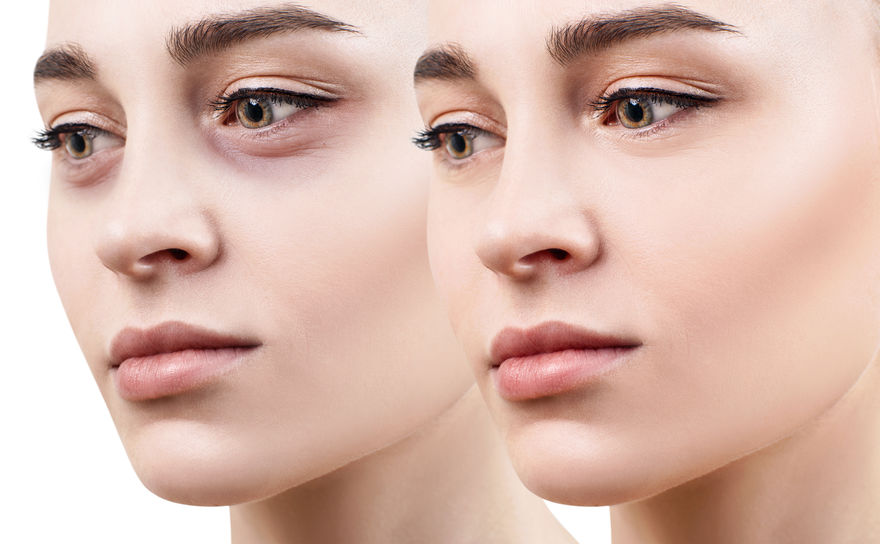There are two main options for where to get a Botox injection. First, you can visit a plastic surgeon and ask them to administer the drug. A certified physician will be able to advise you on the right treatment for your particular situation. This doctor will have extensive knowledge of facial anatomy and has advanced training in the injection of Botox. You can also choose to have the procedure done at a dental clinic.
The problem with botox is that its injection sites are not always the same as the areas that cause a problem. This is a common mistake made by inexperienced injectors. While Botox is most effective on the upper part of the face, it is not the only area that it can improve. The entire face can benefit from a Botox treatment. This is because it temporarily paralyzes facial muscles that contribute to wrinkles.
During your Botox treatment, your dermatologist will determine where the injections will be most effective. You should consult a board-certified dermatologist if you are planning a special event, such as a wedding. Injections can be scheduled around your busy schedule, so you can return to your daily activities immediately afterward. There are no long-term side effects to Botox, and you can return to your normal daily routines as soon as you are done.
The injection sites are not necessarily where the problem is. Inexperienced injectors do not understand that the areas they are treating are not necessarily the areas that are causing the problem. The result is wrong placement of the Botox. Typically, the upper part of the face receives the most Botox treatment. The injector will be able to treat the entire face with a single shot. The injection will then temporarily paralyze the muscles in the affected area.
While the lower portion of the face is the most sensitive area to Botox injections, the lower part of the face is also more sensitive to them. The lower part of the face has more sensitive muscle tissues, making it difficult to pucker or speak. But it can be effective for treating lines in the lower half of the face. However, it will affect the way the mouth and cheeks move, so botox is best injected sparingly in these areas.
While the lower face is the most sensitive area to Botox injections, it is important to note that it is still not completely immune to the treatment. Because of this, it is important to choose a medical professional with experience in this area of the face. A certified practitioner will be able to see your skin’s sensitivity to injections and provide you with recommendations for the best treatment for your needs. Moreover, you should consult a qualified dermatologist if this is your first time.
It is important to choose a board-certified dermatologist for your Botox treatment. Although you might be comfortable with an injector you don’t trust, it is crucial to be careful and to listen to the expert’s recommendations. Injections are quick and easy, and most patients find them to be safe and effective. A physician should also be able to discuss the best location for your specific needs and concerns.
The patient must be fully aware of the risks associated with Botox treatment. A doctor should not perform the procedure without consulting you. He or she should be an expert in this field. A board-certified dermatologist can give you the best results and help you make the most informed decision. A board-certified dermatologist has extensive training in this field and will be able to prescribe the best Botox for your specific needs.
It is essential to consult a physician for your Botox treatments. They will know where to inject Botox in your face. Choosing the right one for you is crucial for your overall health. Besides, your doctor will be able to help you plan the treatment based on your personal circumstances. You can schedule your injections in advance to get the best results. The process is relatively quick and convenient, and you can return to your daily routine after the procedure.
Where should you not inject Botox?
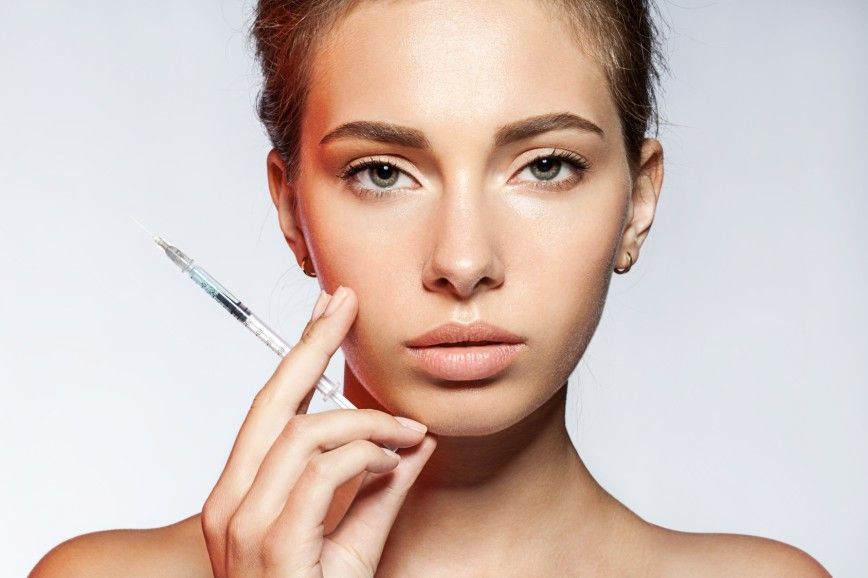
Where should you not inject Botox? There are several places where Botox does not work well. It is a neurotoxin that works by temporarily paralyzing muscles. Because it is so effective, the cosmetic procedure is used to reduce facial wrinkles. The treatment can be effective in various areas of the body, including the face. The most common area that is treated with Botox is the forehead, which is particularly prone to wrinkles.
Another part of the face that can be sensitive to Botox injections is the lower face. The lip muscles are extremely sensitive to the injection, and if these muscles are weak, it is difficult to speak and pucker. Though Botox is effective at treating lower face lines, it can also affect the mouth and cheek muscles, creating an asymmetric smile. Therefore, it is important to know where not to inject Botox.
Injecting Botox on the lower face should only be done by a medical professional. The lower face is more sensitive to injections, and if the muscles are weak, you may have trouble puckering or speaking. While this part of the face can be treated effectively, too much can alter the way your mouth and cheeks move. It can also produce an asymmetric smile. Because of these risks, it is important to consult with your doctor before getting Botox on this area of the face.
The lower face is the most sensitive area to Botox treatment. Because the muscles of the mouth are more sensitive than the upper ones, you should choose a skilled provider. A trained dermatologist, board-certified nurse or licensed aesthetic practitioner can help you decide which area to treat. Make sure that you ask the provider whether they have undergone botulinum toxin treatment training. And if they have, ask if they are certified for other cosmetic procedures.
When considering a Botox treatment, it is important to find a board-certified physician who understands the facial muscles. A board-certified dermatologist will be able to prescribe the correct dose of Botox for you. However, you can also ask your doctor to consult a medical practitioner who specializes in this field. Your physician should be experienced in Botox and should have a proven track record.
Because the lower face is so sensitive to injection, a skilled practitioner should only use a small amount. For example, a couple of units of Botox in each quadrant of the lips will soften lip lines. While this is an easy area to treat, a patient should not be able to drink liquids from their mouths unless they are drinking water. Additionally, a patient should not be able to talk and smile without using a straw.
There are three areas on the face where you should not inject Botox. These areas are the forehead, the area between the eyebrows, and the crow’s feet. If you have the treatment in these areas, you will not be able to smile as much. The area between your eyebrows is especially sensitive to injection, as it is in the forehead. If you get botox injected in these areas, you will be unable to smile properly.
It is important to know where to inject Botox. Injections can be painful, and the lower part of the face is especially sensitive. The injection of Botox on this area is not advised if you are breastfeeding or pregnant. It can be a serious health concern for your baby. Although the procedure has many benefits, it can have a negative impact on the muscles in your mouth and the area around your mouth.
The lower part of the face is a sensitive area, and you should avoid it. The muscles of the lips are sensitive to Botox. Injections near the orbital bone will make the area droop. If the muscle is not contracted, the injection may result in a drooping eyelid. This is not good for your health and can cause you pain. So, make sure you are choosing a board-certified physician.
What are the 3 areas for Botox?
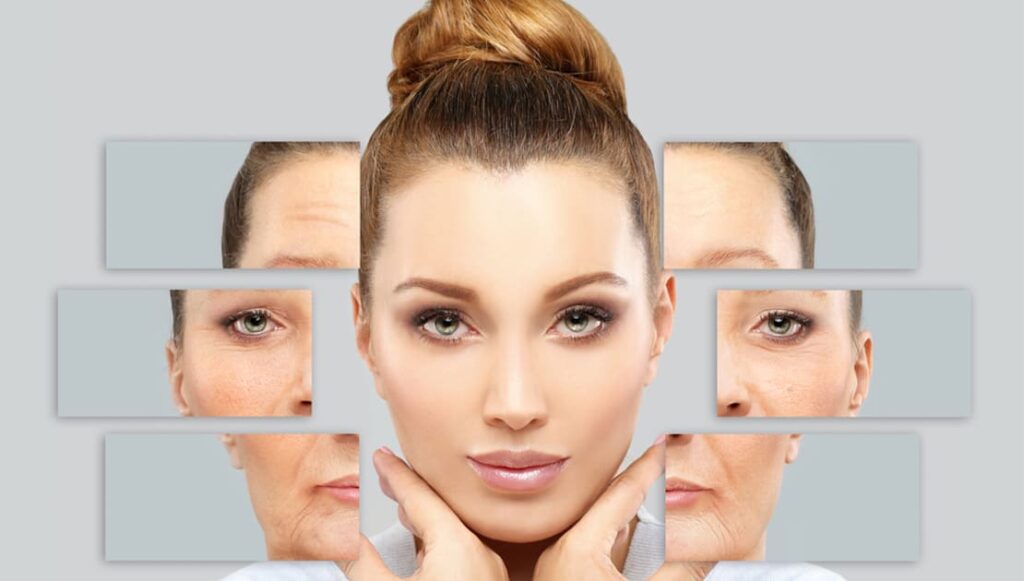
Among the most popular areas for Botox treatment are the forehead, crow’s feet, and glabella. These muscles are responsible for creating fine lines in these areas and are commonly treated. These treatments can also reduce the appearance of aging lines. The three most common treatment areas are the forehead, crow’s foot, and the orbicularis oculi.
Frowning and smiling can leave fine horizontal lines on the forehead. Botox is a great way to minimize those lines and give your face a more youthful appearance. It can keep cheeks plump and keep your lips full. By removing these wrinkles, you can restore the youthful appearance of your skin. This treatment also reduces excessive sweating. So, if you’re looking for a nonsurgical treatment for your frown lines, then the forehead is the area for you.
The forehead is another common Botox site. This is a horizontal line that appears on the forehead when you raise your eyebrows. This crease can express a wide range of emotions, including surprise, frustration, and shock. A lot of people choose this area for Botox treatment, because it is deep in the skin and gives you a tired look. For many people, these lines are the first sign of aging.
The forehead is another common area for Botox. This wrinkle appears on the forehead when you raise your eyebrows and can convey feelings like surprise, or frustration. This area is a great place for Botox because of how deeply the lines set into the skin. It gives you an aging look that is visible in people who are worried and stressed. Therefore, it’s vital to reduce the appearance of these lines to improve the appearance of your face.
The forehead is another popular area for Botox treatment. This area includes the horizontal forehead line and the crow’s feet. Those wrinkles are a result of frowning and smiling, and the treatment will smooth these lines. The lips are a vital part of the face, and they should be treated as much as possible to reduce their appearance. You should consult a cosmetic surgeon who specializes in these three areas for Botox treatments to ensure that the results are the best.
The forehead is another area that’s often treated with Botox. A patient suffering from this area will have a wide range of symptoms including bunny lines, perioral lines, and smoker’s lines. The treatment will reduce the appearance of these lines and give a more youthful look. The three areas for Botox are the forehead, the neck, and the lips. And a patient with any of these conditions will benefit from a Botox procedure.
In addition to the forehead, the glabella is another popular area for Botox. The crow’s feet and vertical lines above the nose are also common areas for this treatment. The forehead is the most common area for Botox, and it is a common location for facial expression lines. Generally, it is the most prominent area for the injection. Its presence in the facial muscles can smoothen the wrinkles and provide a youthful appearance.
The forehead is a common area for Botox. These lines are the horizontal creases that appear on the forehead when the eyebrows are raised. They can communicate surprise, shock, and frustration and are a prime candidate for Botox. But besides these areas, the forehead is another common area for Botox. The vertical lines, known as crow’s feet, are also common.
The forehead is the most common area for Botox. The creases in the forehead are known as bunny lines and can be treated with the help of botox. These areas are common because the treatment can reduce the horizontal lines and wrinkles on the face. They are an indication of the treatment. They are a common area for botox. The procedure can be performed in any location, even if the area is inaccessible.
Where do you inject Botox?
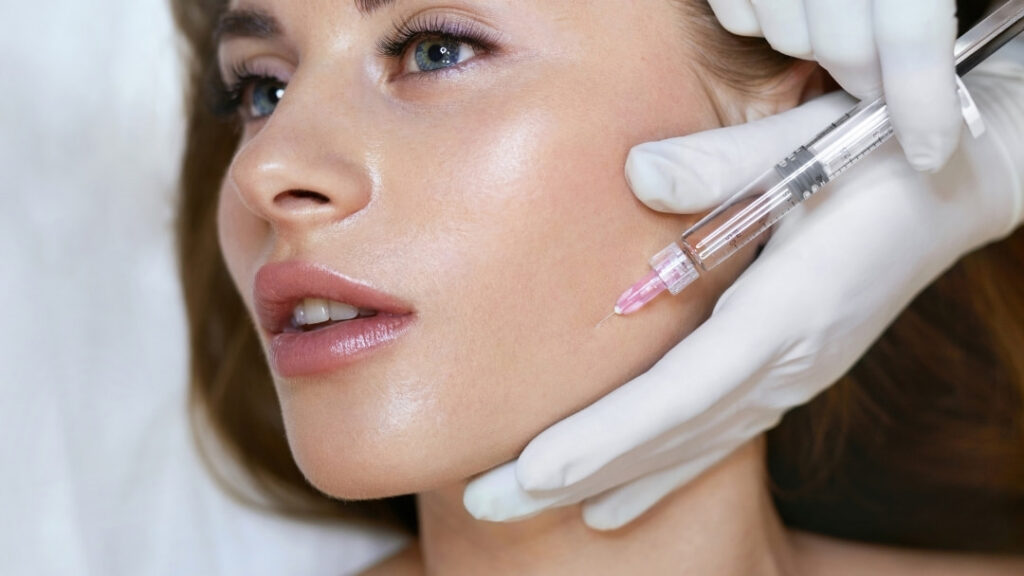
Before having Botox injections, it is important to talk to your doctor about where you would like them to be injected. The areas that most commonly need treatment are the forehead, “11” lines, and the eyelids. In some cases, the corners of the mouth may also need treatment for crow’s feet, smoker’s lines, or an unnatural smile. However, a certified physician will know exactly where to inject Botox for a better result.
Before your Botox injections, you should first consider which areas of your body are the most likely to benefit from the treatment. Depending on where the injections will be given, you should try to keep a 90 degree angle. If the needle enters the skin too close to the eye, the result will be droopy eyelids that will last for weeks or even months. Before your first Botox injection, you should consult your doctor about which areas of your body are the most appropriate for the procedure.
Depending on where you want to inject Botox, the injection should be in a location that is safe for you to be injected. It is best to choose a physician who specializes in this treatment. Always make sure that the brand of Botox that you choose is FDA approved. It’s better to get a trusted doctor to do your Botox treatment as non-approved brands can lead to serious complications, including botulism. If you decide to get Botox injections, make sure you consult with a medical professional about the procedure. You will need to have several sessions before you can be confident that the procedure is safe for you.
The procedure is relatively simple and takes just a few minutes. In most cases, the results will be visible within one to three days, and it can last for up to three months. To see the best results, visit a licensed cosmetic surgeon and talk to your doctor about a consultation. You can schedule an appointment and begin your treatment today! With Botox, you’ll be able to see the results you’ve always wanted. It’s that easy.
It’s important to know what area is best suited for your Botox treatment. A botox injection is best administered in an area that will be covered by a muscle layer. It’s important to understand where Botox is injected properly, as the wrong location can result in drooping. You can ask the doctor about the best place to inject Botox in your body.
The correct location for Botox injections depends on the type of patient and the desired results. Generally, five points are used on the forehead, but you may need to add additional rows of lines to treat bigger foreheads. The best location is determined by a physician or aesthetic trainer. During the course, the doctor will teach you the proper ways to diagnose the area and how to use the correct dose. The course will also cover the process of consultation and facial assessment.
Injecting Botox is a relatively painless procedure. The injections will be administered in a physician’s office. A botulinum toxin is a chemical compound found in the skin. It is used to temporarily reduce facial wrinkles and smooth facial lines. It works by relaxing the muscles in the area. While the FDA has approved the use of the FDA-approved brand of Botox, there are still many risks.
During the procedure, the physician will inject the botulinum toxin into the desired area. The needle is inserted at an angle to prevent pain and reduce the chance of side effects. The angle of the injection is important because it can cause the muscle to droop. The treatment can last weeks or months. The angle is vital to the success of the treatment. Injections are often performed by a professional.
Botox can be injected in many different areas of the body. It is best to avoid the areas that cause droopy eyelids. For example, you shouldn’t inject Botox into the glabella, where wrinkles form. The FDA has approved certain sites for Botox injections. The glabella is a region between the eyes. The doctor will then carefully apply the medication to the procerus and corrugator muscles.
How deep should Botox be injected?
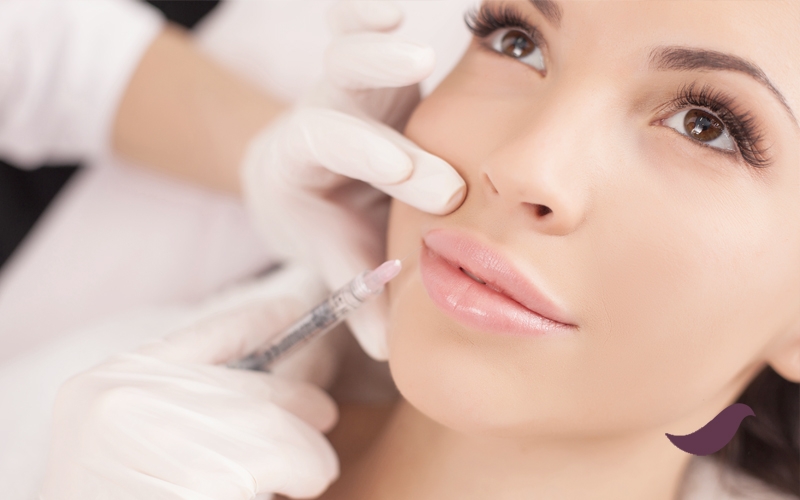
When it comes to injecting Botox, the question of how deep to inject is a common one. Most practitioners will use the same needle depth throughout the treatment, but they may vary in how diluted they use the treatment. The needles used by Botox practitioners can also be a source of concern for many patients. Fortunately, all trained professionals use medically approved, ultra-fine needles, which are similar to the needles used for Type 1 diabetes. Not only do these fine needles ensure expert precision and a minimal amount of pain, but they also reduce the risk of infection.
Injecting the Botox into the lip is a relatively simple procedure. To visualize the injection site, patients should purse their lips. It is recommended to place two units per quadrant, and the needle should be placed adjacent to the vermilion border. Injecting the treatment into the muscle will make it visible to the patient and show where the botox should be injected. If the wrinkles are diffuse or prominent, a larger dose may be necessary.
To ensure the safety of your patients, make sure the injection site is as close to the vermilion border as possible. When administering botulinum toxin, the patient must be conscious of this. Asymmetry may occur when the injection is applied in uneven regions, but a consistent dilution technique is the most effective method. In addition, there is a risk of asymmetry, so it’s important to balance the expected results against the risks of adverse effects.
The treatment is very simple for the face. The patient is asked to purse their lips to see where the needle needs to be inserted. When the muscle contracts, the injection site will be seen. A typical facial treatment for crow’s feet involves two units of Botox in each quadrant. If the wrinkles on the forehead are caused by the frontalis muscle, a wider dilution will be needed to soften them.
Typically, a single injection of Botox in the eyebrows will soften horizontal lines. However, the eyebrows are the most common areas for treatment with Botox. Usually, two units are injected in each quadrant to soften crow’s feet. This procedure may be too difficult for those who have difficulty opening their lips. Aside from the eyelids, the forehead is another area where the injection should be performed.
When undergoing a botox treatment, it is essential to determine where the muscles are located. Depending on the area, the skin type may be sensitive to the toxin, which is why it is crucial to carefully assess the area to avoid unnatural lines. While the procedure itself is simple, it can produce unappealing results. When it comes to the face, the most popular injections will reduce the appearance of vertical lines.
For the face, eyebrows are a common area to be treated. In the forehead, the frontalis muscle, which lifts the eyebrows, is a common area to be targeted with Botox. The insertion of the needle is the most important part of the procedure. If the treatment fails to make the desired results, the patient will be unhappy with the outcome. This is why the physician should start the treatment gradually.
The injection process is relatively straightforward. The patient is required to close their lips and then purse their lips to visualize the locations of the injection. The needle should be inserted adjacent to the vermilion border of the lips, which will show the exact injection site. When the procedure is finished, the patient will not notice any traces of the botulinum toxin. Ultimately, it is the practitioner’s decision which area should be treated.
Injections should be performed on the muscles that are the main depressors of the upper and lower thirds of the face. The lower third of the face should be injected with Botox in order to correct the symmetry of the forehead. Injections should not be done on the upper eyebrows. The area of the face is most often treated with botox in the chin area.
